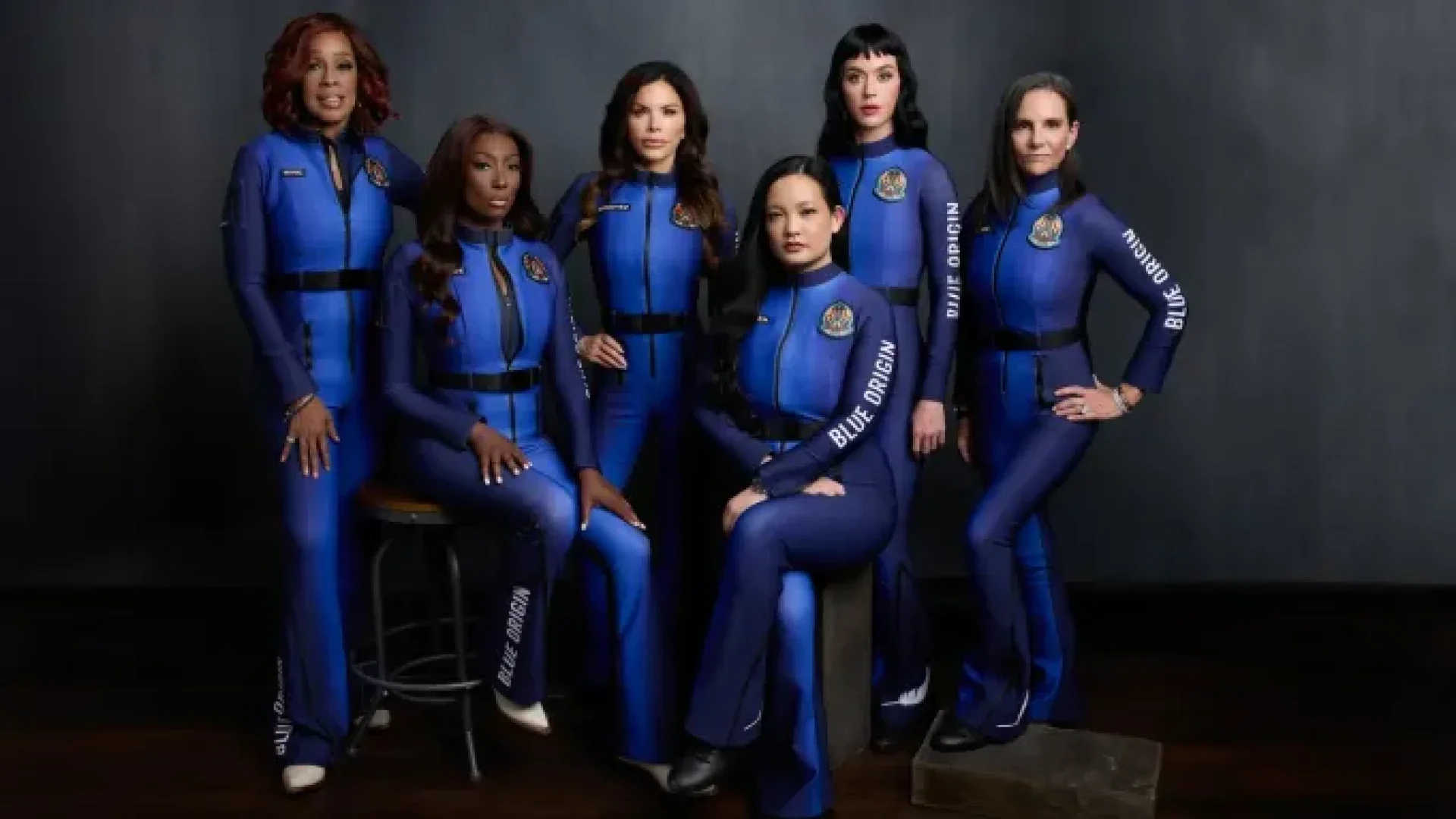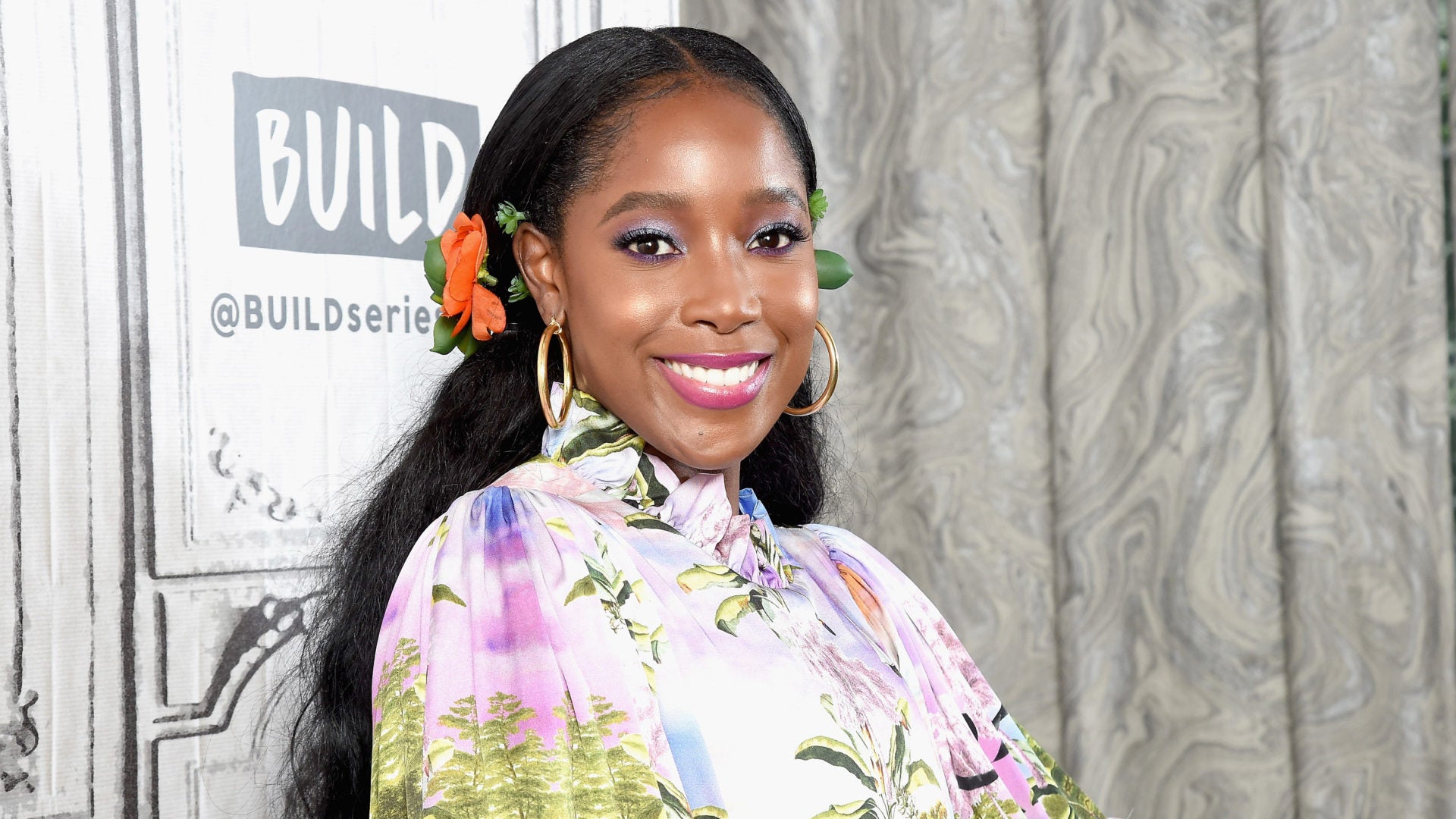
Ashley Blaine Featherson is black girl magic personified.
Whether she’s costarring in Dear White People, the leading lady in Wale’s “Black Bonnie” video, collaborating with Mented Cosmetics or representing her gorgeous brown skin as the face of The Lip Bar, Featherson’s showing no sign of diminishing her light on screen and off.
Set against the backdrop of a predominantly white Ivy League university where racial tensions bubble just below the surface, Netflix’s Dear White People is a hilarious send-up of “post-racial” America as it weaves together the universal story of finding one’s own identity. It’s a story that hits close to home for Featherson, a proud Howard grad, who forged her path from the Washington, D.C. suburbs to Hollywood.
Featherson gives a sneak peek of what we can expect back on the yard when Dear White People returns August 2.
What type of ride will Joelle Brooks take us on this season?
Not only is the writing on the show so amazing, it’s extremely deliberate. They’re deliberate about every little thing — from things that our characters are doing, to things that our characters are wearing. You start season 1 seeing Joelle in the radio booth, on the couch behind Sam, and then you start season 3 with Joelle in the radio booth without Sam, taking over Dear White People. And it’s really powerful to see the imagery of her trajectory over the past three seasons. You see Joelle walking in more of her independence. She’s really stepping out of Sam’s shadow. You’ll see the answers to questions like: What’s up with their friendship? You’re exploring the relationship that everyone wanted to know about between Joelle and Reggie. What’s going on with them? It’s a relationship everyone was rooting for, but is it a relationship that you’re still going to root for at the conclusion of season 3? I think you’ll get to this season and see more complexities from Joelle, which is easier to see, because you finally get to see her stand on her own.
Your college life was likely dramatically different than that of your character. Where do you pull inspiration from since it wasn’t your experience?
I went to Howard. It was the complete opposite experience. However, I grew up in the suburbs of Washington D.C., in Gaithersburg, Maryland. So growing up I had many experiences that were very similar to what these kids are going through at Winchester. Often times I was the only Black face. I went to Quince Orchard High School and at the time, the school had been erected for less than 20 years, and I was the first Black Miss Quince Orchard High School. So it was little things like that that made me feel alienated. But it was my parents who helped with that. I was in Jack and Jill; I had a ton of friends who look like me and who had a similar background. For the DWP, I draw more from what happened before college. Before Howard, you are the best at whatever you do, and wherever you’re coming from. But then you go to Howard, and not only are you the best, but everyone is the best and everyone also looks like you. That’s very inspiring. But you can choose to take it as inspiration, or you can choose to make it feel like competition. I chose to make it feel like inspiration.
What’s been the reaction from White people who you have encountered on Dear White People?
It’s one of two things: Either they love it, or have absolutely no way to approach it. So it’s either like, “I’ve heard about that show and hear it’s really good, but what is it about?” or it’s “I learned so much about myself, I’ve learned so much about my upbringing.” I feel like White people have been scared to approach it because it reveals things that may have been wrong throughout their lives that they’ll have to then change. But that’s the point of art, it’s to put a mirror in your face.
Your post on seeing the season three billboard took your breath away. Tell me more about that moment.
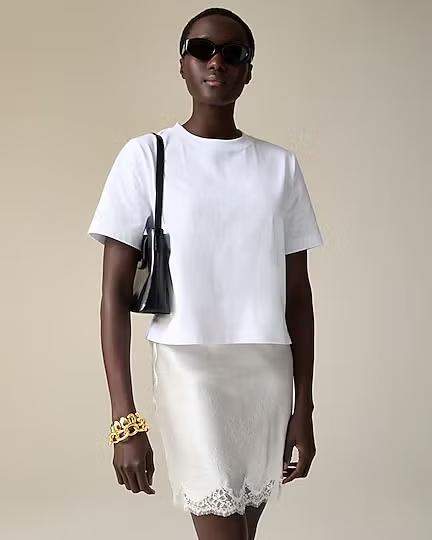

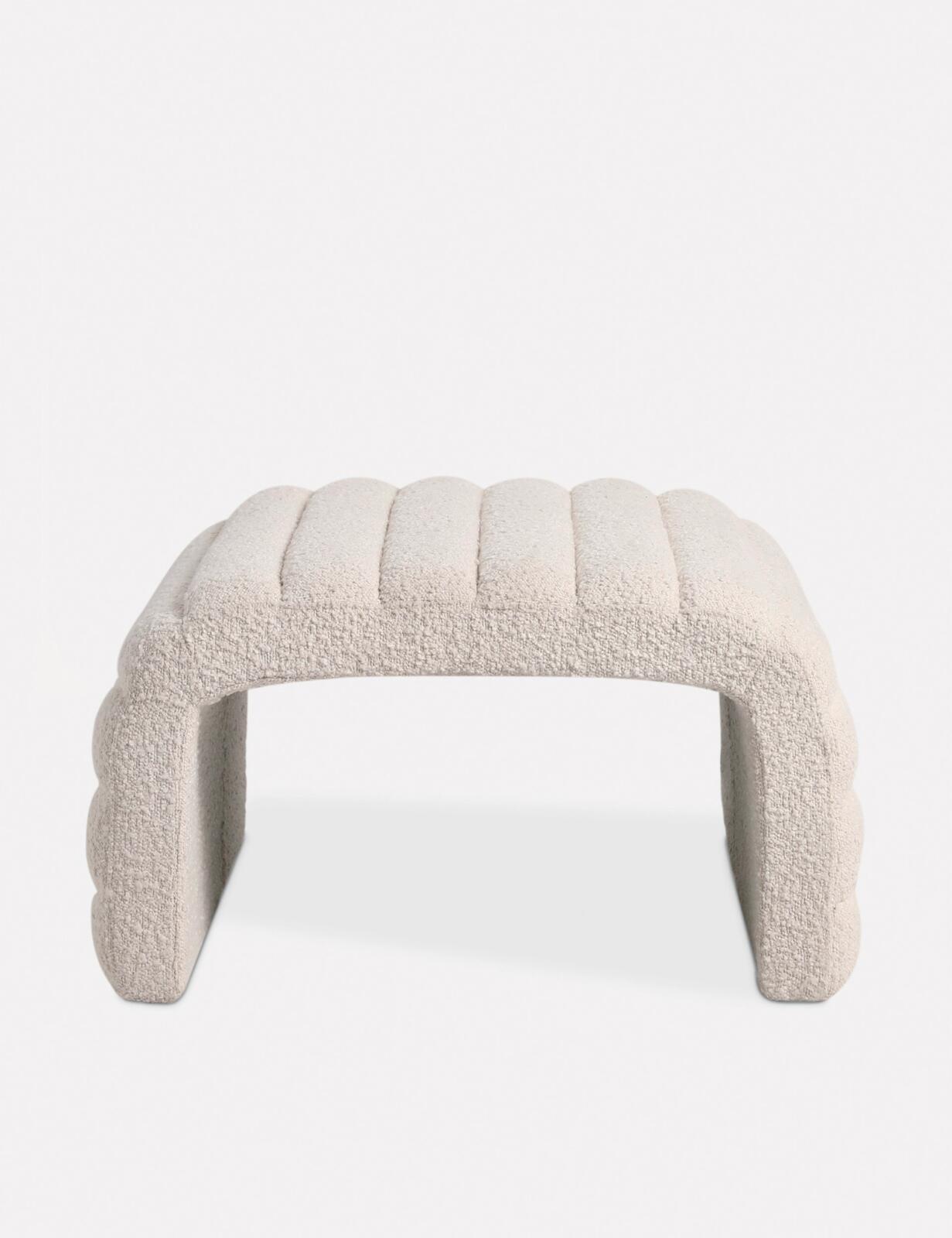
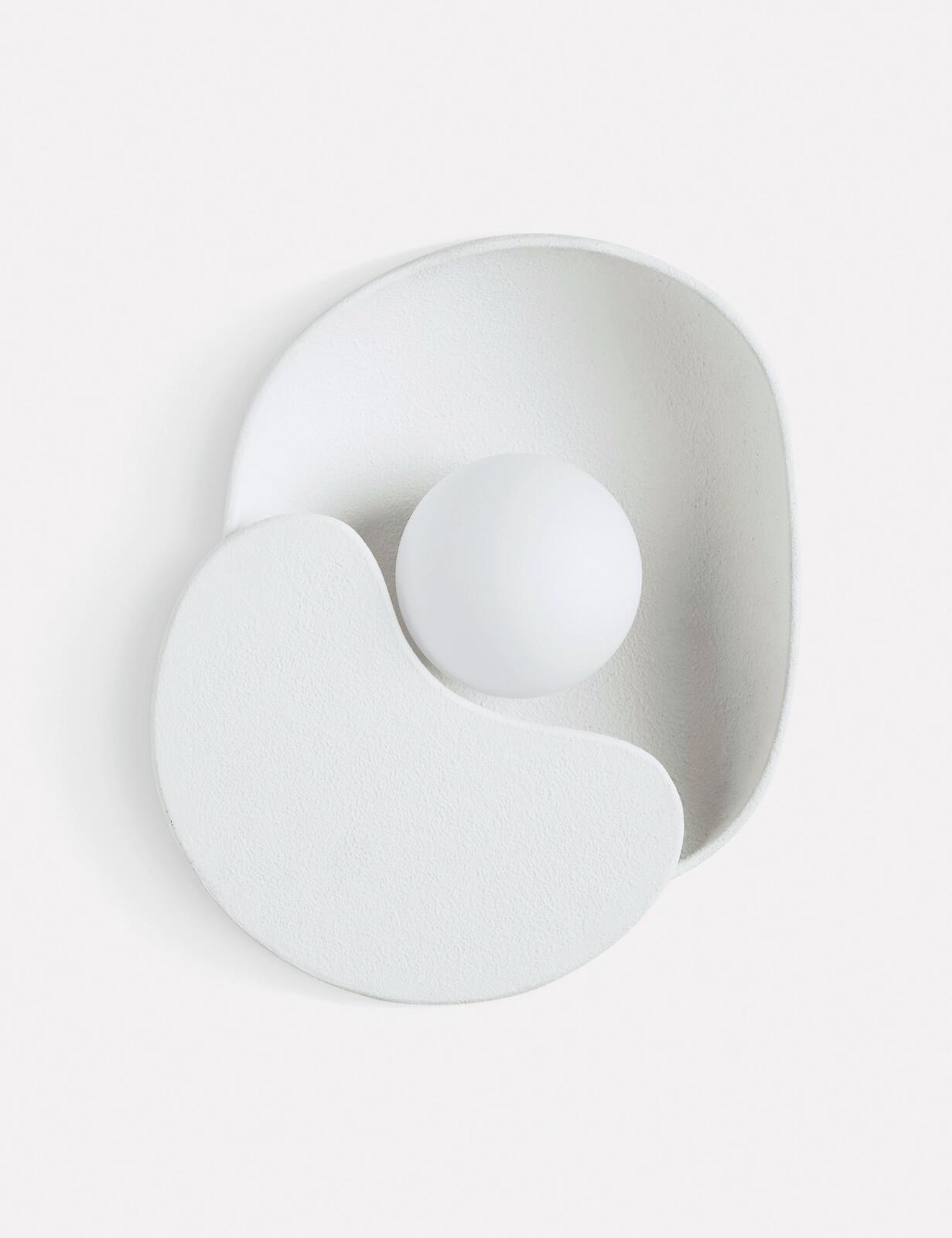
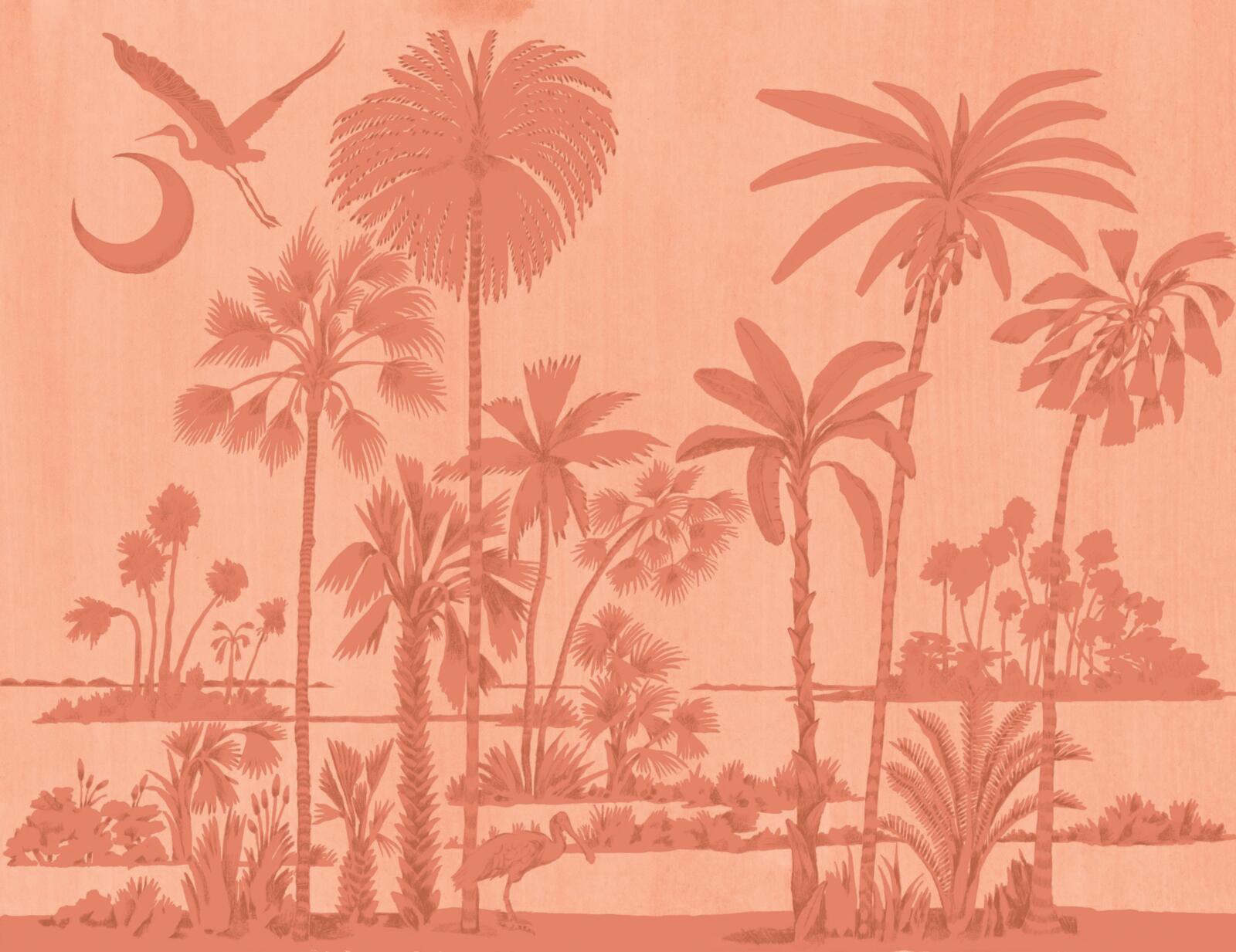
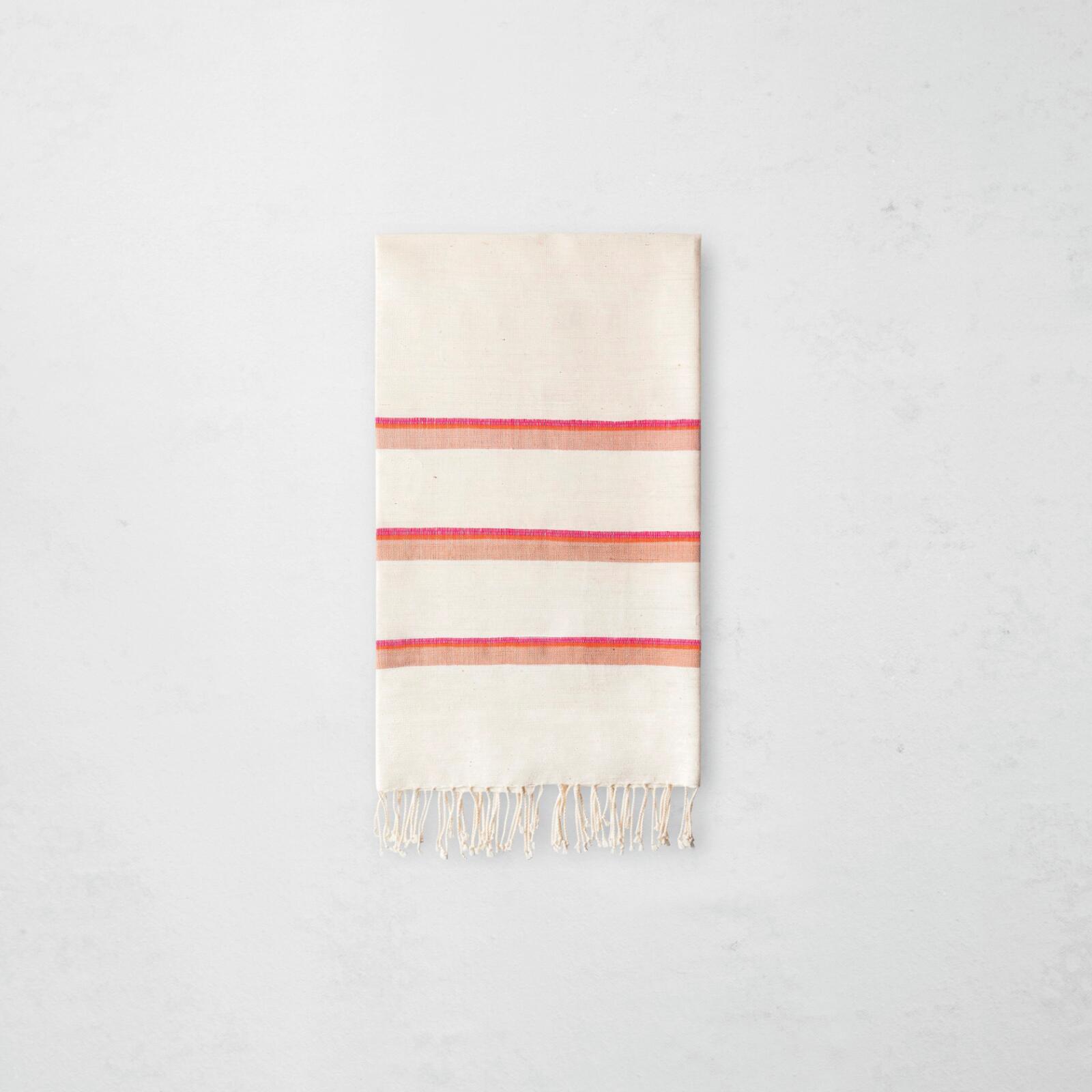
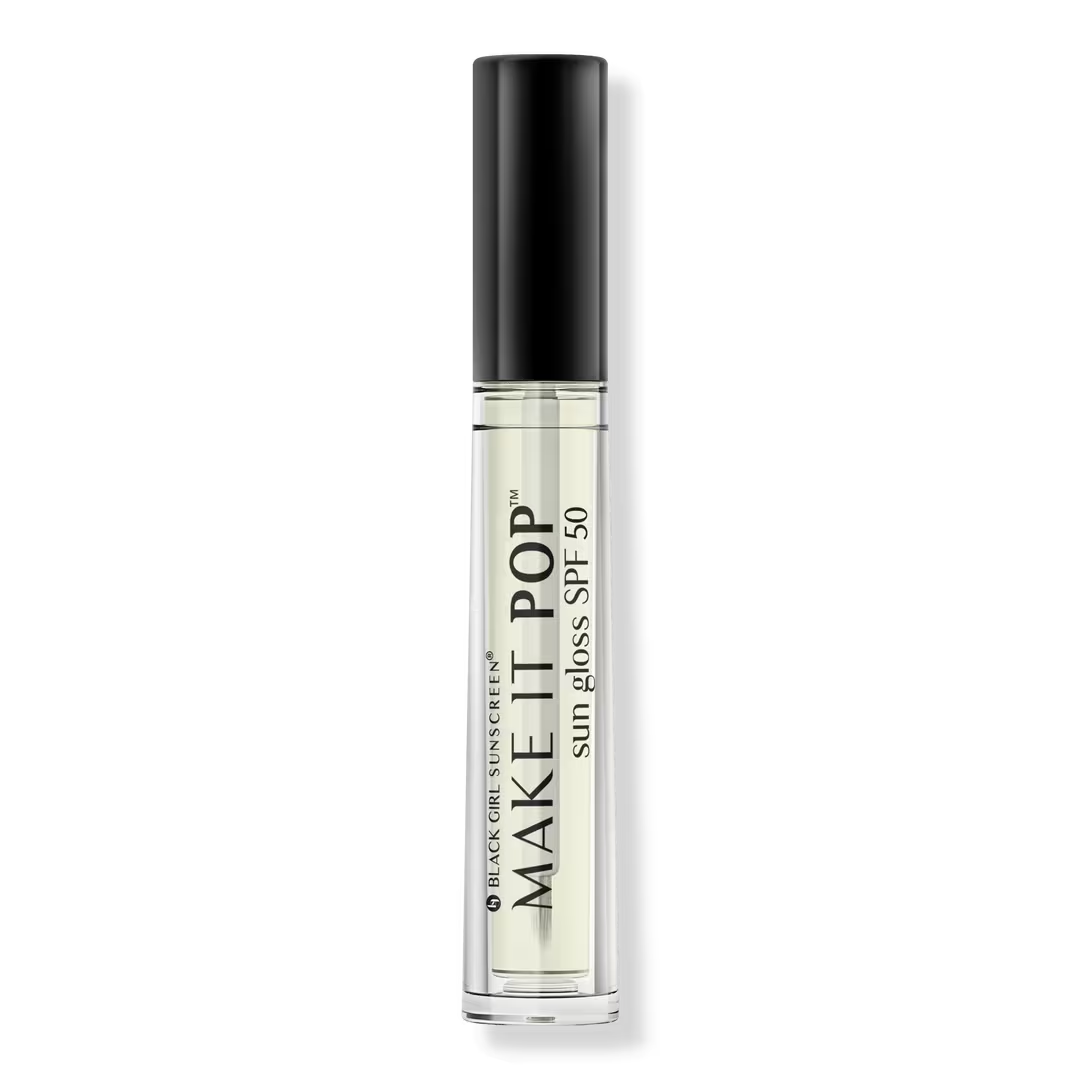
The first feeling and emotion I felt was because I saw my parents. I thought, “my parents would be so proud.” I want to make the distinction that it wasn’t about the glamour of being on a billboard. I’ve been driving around this city for almost 10 years being inspired by faces on this exact billboard that I’m now on. Being intrigued by shows, and I’ve seen people who I admire and respect on these very billboards. So for my face to be there, it was two-fold. I thought about my parents and how much they sacrificed for me — spiritually, financially and emotionally. And as a parent, I know it’s very hard to have a child to go after a career that is completely slathered in the unknown. There’s no way for them to have known what was going to happen with me or to me in my career. But my parents believed in me, and they nurtured me in my talents since I could walk and talk. In seeing myself, I said, “this is the evidence of the dream that my parents have always had, coming into fruition.” The second part was the representation. We have such little representation. For me, seeing a dark skin, brown girl up on this billboard for a show called Dear White People is saying something.
You spoke about representation as a dark skinned girl in Hollywood. Recently another Black girl gave us an empowerment anthem for other Brown skinned women — Beyoncé. What were your thoughts when you first heard the song “Brown Skin Girl”?
That song came on and honest to God I stopped in my tracks and I wept. It was because I was very fortunate and grateful to grow up with a mom who always told me I was beautiful and my skin was beautiful. When I got darker in the summertime, I thought that it was gorgeous. It felt like my mom had been singing to me my entire life. Something about it coming from Beyoncé, another Black woman, was extremely validating and powerful. The truth is, the woman who I want to be most seen and loved by, is the woman who looks like me. It’s about her saying emphatically on a global level: I see you, you’re beautiful, you are important and you are not inferior.




